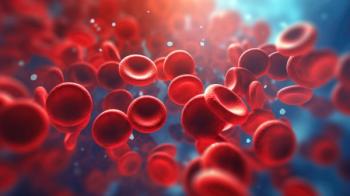
E-Separation Solutions
- E-Separation Solutions-05-10-2008
- Volume 0
- Issue 0
Ask the Editor: UHPLC Particle Size Limitations
Q: The current advent of sub-2-?m particles has made ultrahigh-pressure liquid chromatography (UHPLC) available for routine laboratory use. What are the size limitations for particles? How small can they get before the advantages are lost? Would smaller particles require even greater pressures?"
The answer to the following question was provided by Roy Eksteen of Tosoh Bioscience (Montgomeryville, Pennsylvania).
An LCGC reader recently submitted the following question:
The current advent of sub-2-µm particles has made ultrahigh-pressure liquid chromatography (UHPLC) available for routine laboratory use. What are the size limitations for particles? How small can they get before the advantages are lost? Would smaller particles require even greater pressures?
The last part of the question is simple and that is where I will start. More pressure will be required when particle size is lowered, to the extent that a 50% reduction in particle size will lead to a fourfold increase in pressure when the same linear velocity is maintained through the packed bed. There is not an end to this relationship, although I am doubtful that it continues to hold at the atomic level.
With regards to the first part of the question, I am not aware of a theoretical limit to ever-higher efficiency with reducing particle size. After discussion with others more skilled in theoretical physics, I suggest that particle aggregation becomes more and more a problem when reducing particle size down to 1 µm and below, to the point that packing a stable and efficient column bed becomes practically impossible. I realize that the trouble with such an answer is that the problem of aggregation (or any nontheoretical limitation) leaves the door open for some future solution. I'll live with that.
Questions?
LCGC technical editor Steve Brown will answer your technical questions. Each month, one question will be selected to appear in this space, so we welcome your submissions. Please send all questions to the attention of "Ask the Editor" at
Articles in this issue
over 17 years ago
Techniques for Reducing Purge-and-Trap Cycle Times in VOC Analysisover 17 years ago
Overcoming Compound Volatility with Sub-ambient ELSDover 17 years ago
Market Profile: Laboratory Gas Generatorsover 17 years ago
Technology Forum: GC-MSNewsletter
Join the global community of analytical scientists who trust LCGC for insights on the latest techniques, trends, and expert solutions in chromatography.




